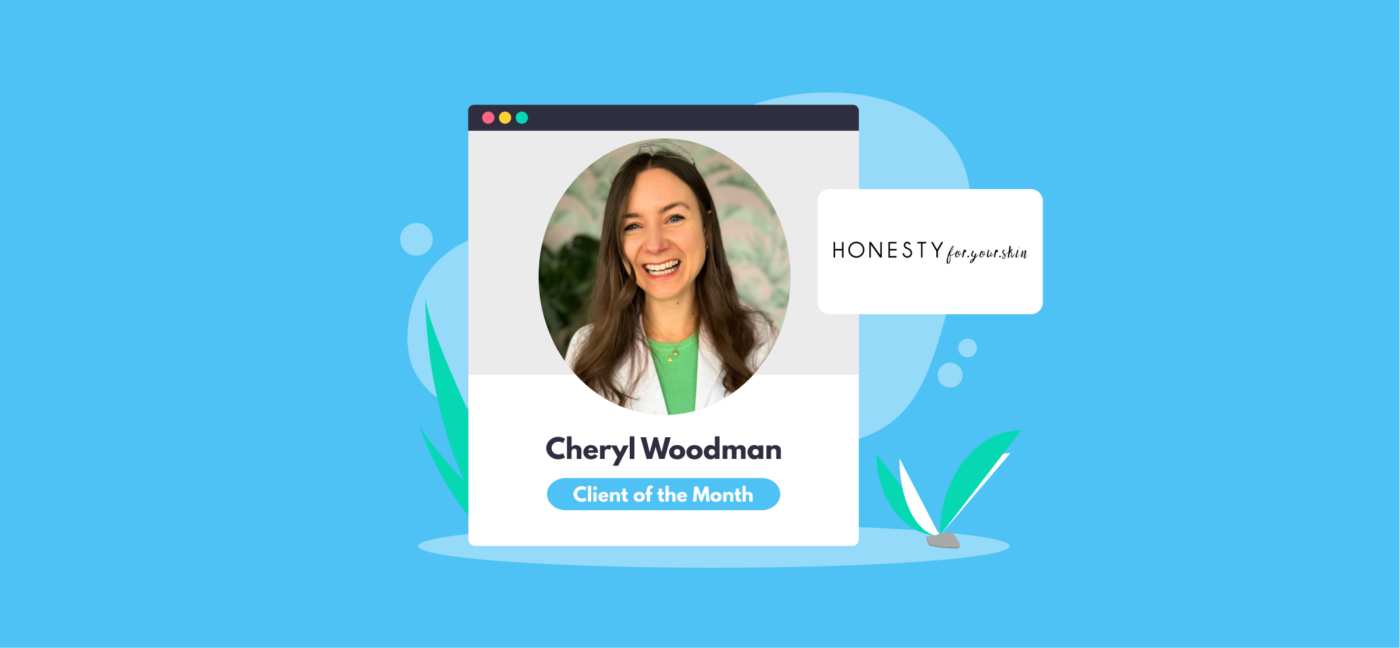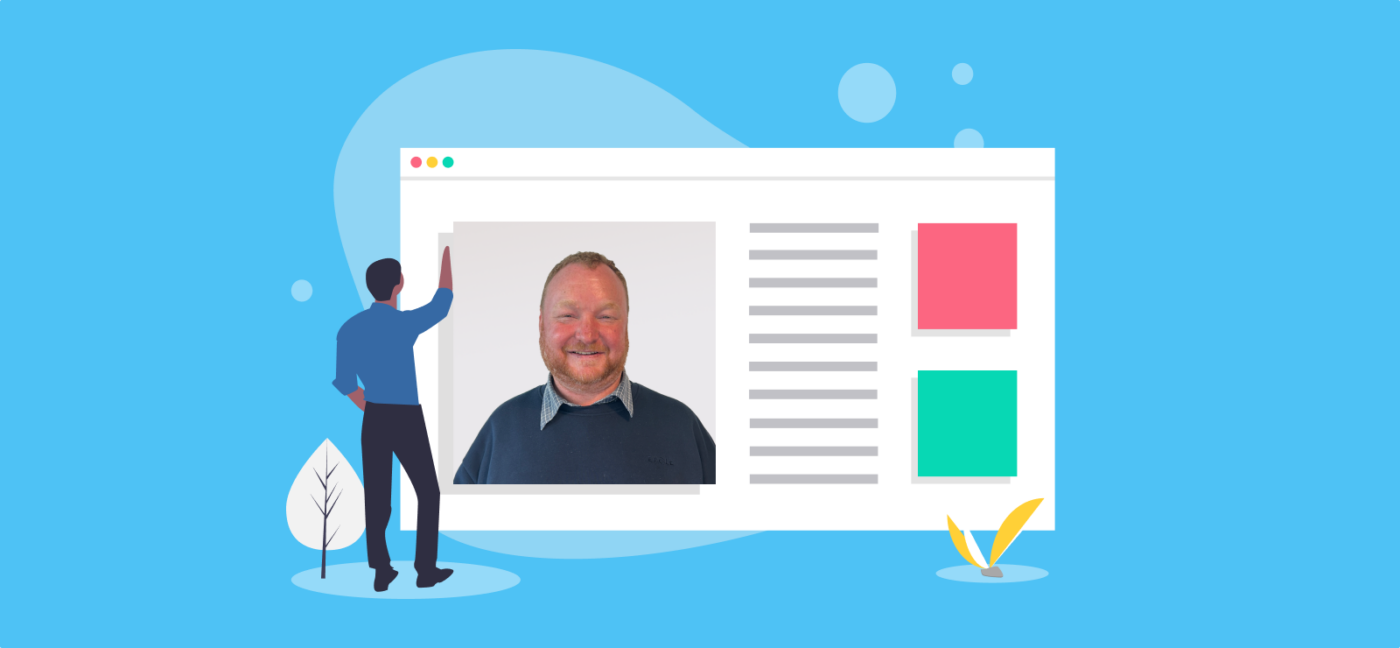

How Does Tax Work If I Get a Second Job?
Taking on secondary employment or starting a self-employed side hustle are popular options for anyone looking to boost their income, but this can have an impact on the tax you pay. In this article we’ll explain what having multiple jobs means for your tax liability, and who you might need to tell.
Do I need to pay tax if I have a second job?
Yes, you will normally need to pay tax on the additional earnings you get from a second job if the total amount you earn in a year is more than the £12,570 tax free Personal Allowance.
You’ll only get the allowance once in a year though – so even if you have multiple jobs, you won’t get a new allowance for each one! We’ll go through a few examples below, and you can also use our online tax calculator to estimate your bill.
You have two jobs
You have a full-time job in a marketing agency earning £25,000, but take on a second job which pays you £6,000 for some bar work in the evenings.
It’s usually better to use the allowance on the job paying you the most, which in this case is the marketing role. Once you use up the Personal Allowance, you’ll pay 20% Basic Rate tax on the remaining £12,430 from your main job, and then on the full amount of your secondary earnings (£6,000).
You have two jobs which both pay less than the Personal Allowance
Your main job pays £10,000 per year, and you earn £6,000 per year from a second job. None of your main job will be taxable, but some of your second job will be.
You can ask HMRC to transfer the unused £2,750 of your Personal Allowance to your second job, or you can continue to pay tax on all your earnings from that job, and then ask for a tax refund once the tax year ends.
Your combined earnings from both jobs are more than £50,000
You earn £48,000 a year from your main job and then take on a secondary job which pays £14,000 a year, giving you a total income of £62,000 – which is more than the higher rate tax threshold. So you should pay:
- No tax on the first £12,570, thanks to your Personal Allowance
- 20% tax on the part of your income which is above the allowance, up to the £50,270 higher rate threshold
- 40% tax on the part of your earnings which fall into the higher rate tax band
If you earned all your money from a single source, this would be done automatically by your employer. Instead, you have two jobs which are both salaried below the higher rate threshold.
Unless you tell HMRC, both jobs will be taxed entirely at the 20% basic rate. It might sound good in theory, but it means you won’t pay enough tax throughout the year, and will need to pay what you owe once the tax year ends.
How do I pay tax on secondary earnings?
How you tell HMRC about your secondary income and the tax you’ll need to pay depends on how you receive it – such as from an employer, or through self-employment.
Paying tax if you work for more than one employer
Your employer (or employers) will deduct the tax you owe from your wages when they pay you each month, and report this to HMRC. Because you won’t have a P45 from your first employer (because you didn’t leave), your second employer will ask you to complete a New Starter Form.
The information you provide helps ensure you’re placed on the correct tax code, so that you pay the right amount of tax. If your total earnings will take you above the higher rate tax threshold, make sure you tell HMRC!
Paying tax if you work for an employer as well as being self-employed
You have a full-time job, and decide to boost your income by running your own business in your spare time. For example, by offering freelance services, or setting up an Etsy shop to sell your artwork.
In this scenario, you don’t have an additional employer because the extra money you’re making is being generated through self-employment.
If the self-employed part of your earnings is more than the £1,000 tax free trading allowance in a tax year, you’ll need to sign up for Self Assessment and submit tax returns so HMRC can calculate what you need to pay.
What happens if I don’t declare my second job to HMRC?
If you already have one employment role and you take on another, the process should be automated, so there isn’t much for you to worry about unless your combined earnings take you above the higher rate income tax threshold. If that’s the case, you’ll need to let HMRC know so they can adjust your tax code. Your employer will use your tax code for each separate employment, and ‘make deductions at source’, which means they’ll deduct what you owe from your wages when they pay you, and then send this on to HMRC.
If your second job is the result of self-employment, make sure you follow the rules for keeping financial records and reporting your earnings correctly with a tax return!
Learn more about our online accounting services for businesses. Call 020 3355 4047 to chat to the team, and get an instant online quote.
Want to learn more?
Subscribe to our newsletter to get accounting tips like this right to your inbox

Read more posts...

December 2025 Client of the Month: Honesty For Your Skin
23rd December 2025This month we spoke to Cheryl, owner of Honesty For Your Skin. Honesty For Your Skin | Instagram Hey Cheryl! Tell…
Read More
Staff Spotlight: Shawn Halton, Accounts Junior
19th December 2025Give an overview of the duties, functions, and responsibilities of your job. I provide bookkeeping services, VAT returns and annual accounts for…
Read More
The Accountancy Partnership – Our Positive Reviews
15th December 2025We’re proud of our customers’ reviews here at The Accountancy Partnership The reviews we receive from our customers show how hard we…
Read MoreConfirm Transactions
The number of monthly transactions you have entered based on your turnover seem high. A transaction is one bookkeeping entry such as a sale, purchase, payment or receipt. Are you sure this is correct?
Please contact our sales team if you’re unsure
VAT Returns
It is unlikely you will need this service, unless you are voluntarily registered for VAT.
Are you sure this is correct?
Call us on 020 3355 4047 if you’re not sure.
Bookkeeping
You will receive our bookkeeping software Pandle for free, as part of your package.
You can use this to complete your own bookkeeping, or we can provide a quote to complete your bookkeeping for you.
Please select and option below:
Call us on 020 3355 4047 if you’re not sure.

